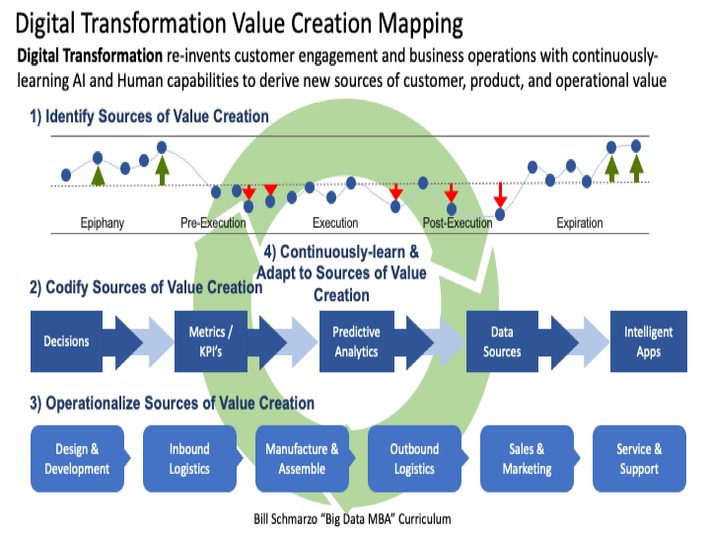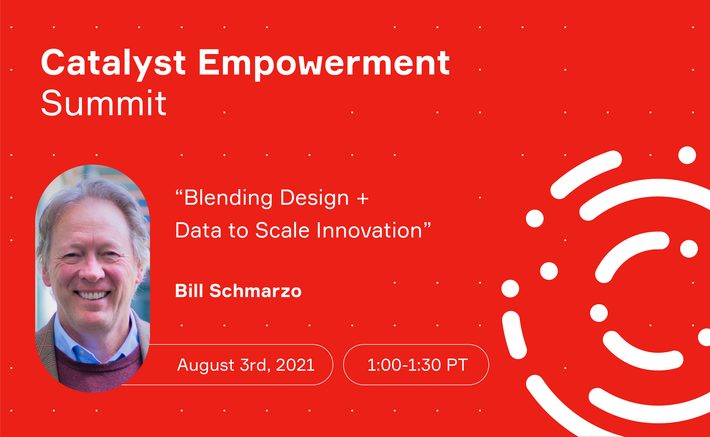
Hallelujah brother, I’ve seen the light!
I’m a HUGE believer in the liberating mindset of Design Thinking. For example, Design Thinking not only makes Data Science more effectively, but it helps avoid the devastating unintended consequences of an AI capability that can continuously-learn and adapt at speeds exponentially faster than humans. I’m honored a speaker at the Catalyst Empowerment Summit on August 2. I will present “Blending Design + Data to Scale Innovation” in this lightning-paced event.
In preparation for the event, let me explain how Design + Data scales innovation by exploring how Design Thinking bookends Data Science.
Design Thinking Before Data Science
Defining Value. The role of Design Thinking before engaging Data Science is to clearly and thoroughly define what one is trying to achieve. This includes clarifying the intended benefits and “values” across a wide range of perspectives (Figure 1).
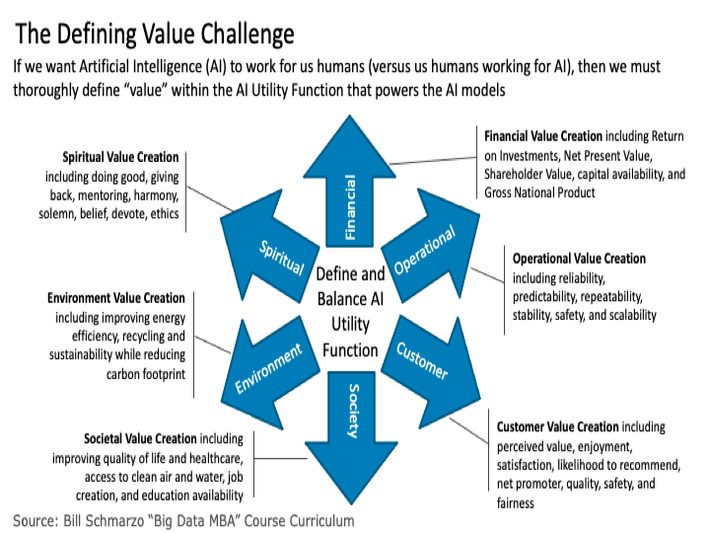
Figure 1: Defining Value Challenge
There needs to be a wide range of dimensions of value against which the AI model’s effectiveness and accountability will be measured, and it is NOT just financial metrics. Get this wrong, and the AI models will optimize exactly what you told them to optimize, which may not have been what you intended (see Terminators, ARIIA, and VIKI for examples of AI models optimizing EXACTLY what the value statements asked them to optimize).
Data Science Customer Journey Map. We modified the Customer Journey Map to help the data science team identify the key decisions, analytics, and data necessary to help stakeholders successfully complete their journeys (Figure 2).
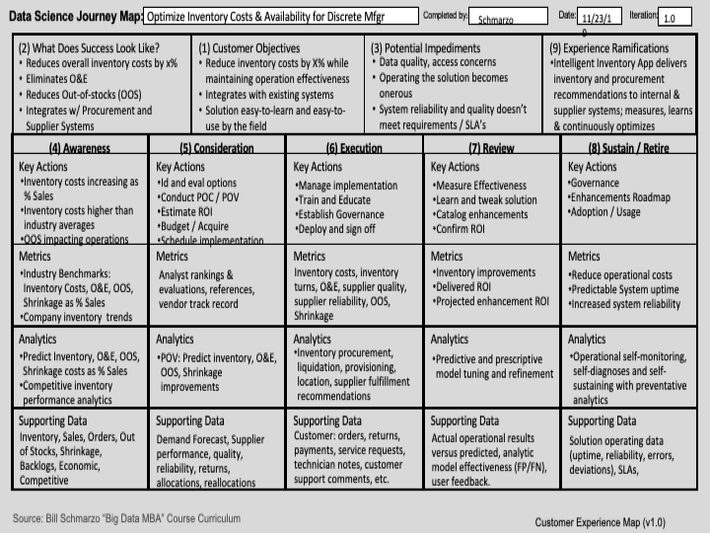
Figure 2: Data Science Customer Journey Map
The Data Science Customer Journey Map identifies the data and analytic requirements necessary for customers to successfully complete their journeys.
Design Thinking During Data Science
Data Science Collaborative Engagement Process. The role of Design Thinking during the Data Science engagement process is to create a mindset and operating culture of exploration, trying, and learning. Throughout the Data Science Collaborative Engagement Process, design thinking drives ideation, exploration, and experimentation in tight collaboration with the business stakeholders – where all ideas are worthy of consideration with a “diverging before converging” mindset (Figure 3).
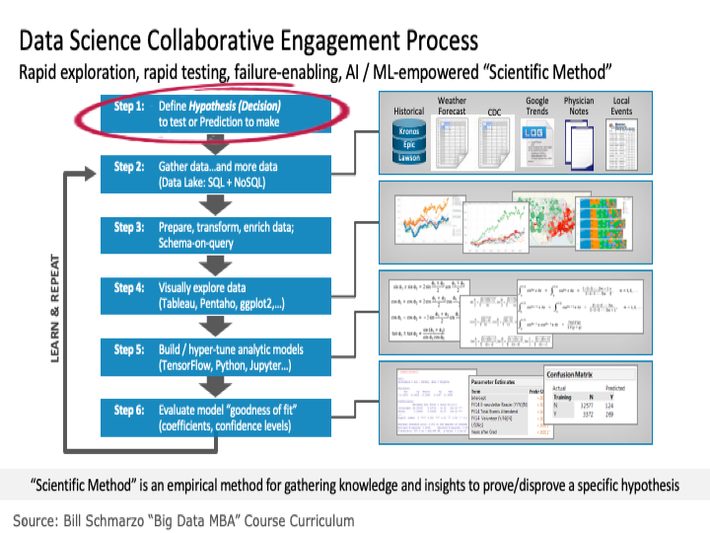
Figure 3: Data Science Engagement Methodology
The Data Science development process is a non-linear “rapid exploration, discovery, training, testing, failing and learning” process, perfect for integrating design thinking capabilities.
Hypothesis Development Canvas. The Hypothesis Development Canvas ensures the data science effort directly supports the organization’s critical business and operational initiatives. A well-structured Hypothesis Development Canvas, like a well-structured storyboard, provides a concise yet thorough way to make a use case come to life. I spend an entire chapter in my eBook “The Art of Thinking Like a Data Scientist” on how to create the Hypothesis Development Canvas, if you are interested in learning more.
Design Thinking + Data Science. Design Thinking and Data Science both embrace a curiosity-driven, rapid exploration, rapid testing, continuous experimentation, failure-enabling, continuously-learning and adapting mindset (Figure 4).
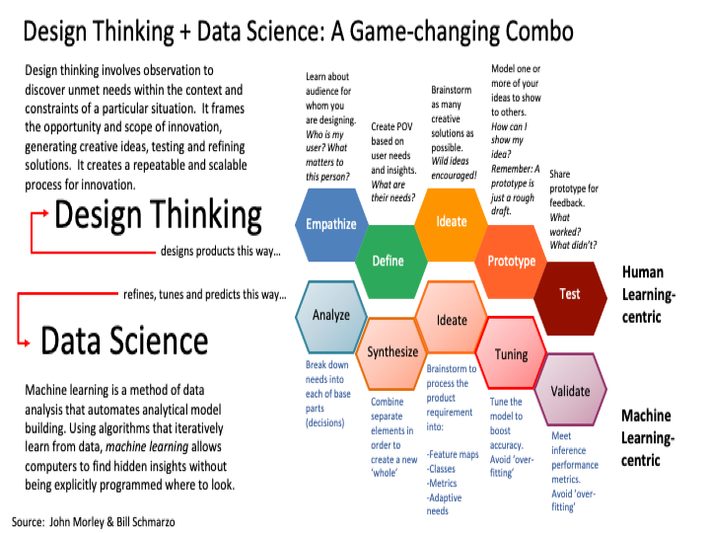
Figure 4: Design Thinking and Data Science engagement Similarities
The primary difference between Design Thinking and Data Science engagement methodologies? One is focused on machine learning, and the other is focused on human learning. And when you blend that learning together, it will be the ultimate empowerment of an AI-to-human continuously-learning and adapting environment.
Design Thinking After Data Science
From Technology Outputs to Business Outcomes. The role of Design Thinking after the Data Science engagement is to support a culture of continuous measurement, experimentation, learning, and adapting focused on business and operational outcomes (Figure 5).
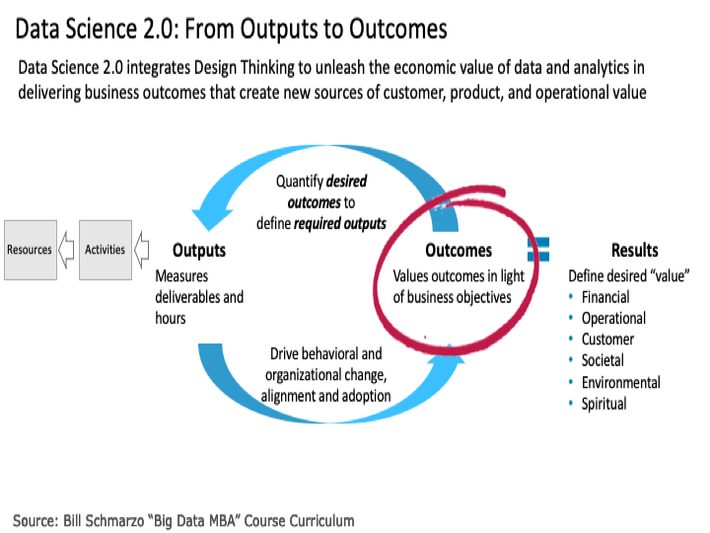
Figure 5: Data Science 2.0: From Outputs to Outcomes
Design Thinking techniques can drive the collaborate with the business stakeholders to continuously learn and refine the desired business and operational outcomes that leads to new sources of customer, product, and operational value creation.
Empowerment. Finally, design thinking guides the empowerment of individuals and teams necessary to nurture and scale innovation (Figure 8).
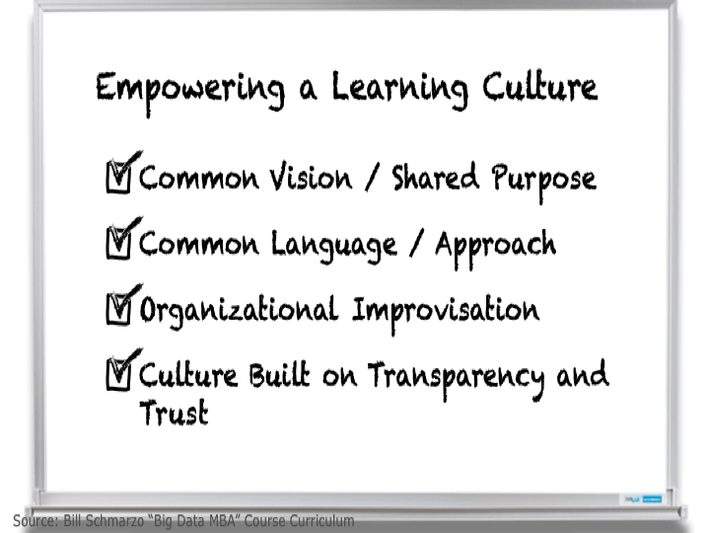
Figure 6: Keys to Scaling Innovation
The keys to nurturing and scaling innovation are:
- Key #1: Create a common vision and shared purposed around the organization’s “True North.” That is, what does your organization seek to accomplish and who do they seek to serve.
- Key #2: Establish a Common Language (using Design Thinking – the language of your customers) so there is no confusion about what is being said, and a standard engagement framework that guides the value identification, capture, and operationalization processes.
- Key #3: Embrace organizational Improvisation (improv) with the ability and agility to move team members in and out of teams while maintaining operational integrity.
- Key #4: Create a culture built on transparency and trust that values everyone’s contributions and their unique and inherent assets and capabilities. Remember, you can’t mandate trust, you must earn it!
- Key #5: Sharing, Reusing, and Refining Operating Environment. This is the heart of a learning organization, an organization that a share its learnings (both good and bad) and can reuse and refine what others have learned. This is the ultimate of standing on each other’s shoulders.
Design Thinking Bookends Data Science Summary
Design Thinking + Data Science scale innovation by identifying, codifying, and operationalizing the sources of customer, product, and operational value creation. But to create a sustainable innovation environment requires empowering everybody; that everyone feels empowered to contribute and lead. It is within this culture where the AI-to-human collaboration will drive game-changing innovation and new sources of customer, product, and operational value creation (Figure 7).
